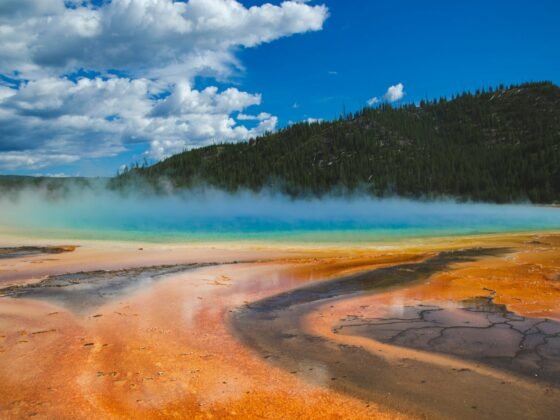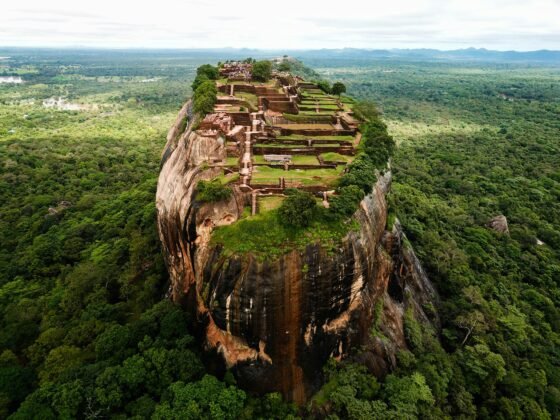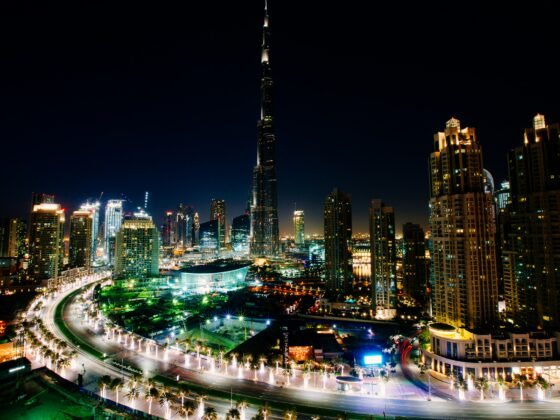Hanoi is the capital city of Vietnam, situated in the north of the country and the second largest city, after Ho Chi Minh City. Hanoi has been the capital of the north Vietnam for over 1,000 years and was the former capital of French Indochina and later North Vietnam prior to reunification in 1976. There are many intruguing sights and things to do in Hanoi.
Hanoi sits on the banks of the Red River, which gives the city a cooler and more temperate climate than South Vietnam. With a population of over 6 million people, the city can feel crowded, although the wide tree-lined Colonial Boulevard in central Hanoi’s Old Quarter offers a welcome respite from the jostling crowds.
There are a wealth of attractions and cultural sites – Hanoi boasts over 600 pagodas and temples! Here are our top 6 suggestions:
1. Hoan Kiem Lake – Known as ‘Lake of the Restored Sword’ and situated in the center of Hanoi, the lake is a major focal point for many events and the local population. The lake is easy to walk around and gives stunning views from all angles, particularly the vista overlooking the Jade Mountain Temple on an island toward the Northern shore, which is reached by the Huc Bridge. At the other end of the lake The Turtle Tower is named after the lake’s former occupants.
Watch the video above which shows the famous Vietnamese motorbike culture alive and well. This was a special occasion though – Vietnam defeated Thailand in the Suzuki Cup and the streets erupted in Hanoi, with everybody waving flags, banging bin lids and shouting. I couldn’t beat them (or cross the road) so joined them!
2. Temple of Literature – The Temple of Literature site of one of Vietnam’s oldest Universities and dates back to circa 1070. Just one of the many things to do in Hanoi, this is now a Confucian Temple, one of many in the country but easily the most famous of all and is considered to be one of Hanoi’s finest historical sites.
3. Hanoi Hilton – No, not another hotel chain, but the ironic name given to the Hoa Lo Prison used by its most famous former residents, namely American Prisoners of war, including the Senator and 2008 Republican presidential nominee John McCain, who spent parts of his five and a half years as a POW there. The site however dates back to the French colonial period (1886) and depicts much of its dark history in the remaining old buildings.
4. One Pillar Pagoda – A historic Buddhist temple which is regarded as one of Vietnam’s most iconic. As the name suggests it is a small timber temple perched on a single stone pillar and was commissioned in 1049 by the Emperor Lý Thái Tông.
5. Presidential Palace – The former residence of the French Governor General, Designed in the Italian Renaissance style, the site also displays the former residence of ‘Uncle Ho’, or Ho-Chi-Minh, the former leader and father to all Vietnamese citizens.
6. Ho Chi Minh Mausoleum – The mausoleum opened in 1975 in honor of the national hero, Ho Chi Minh who lies embalmed within the building. He actually asked for a cremation and is instead housed within a Soviet-style mausoleum which is open to the public with free admission. Be prepared to queue quietly, go through security scanners and leave any fruit behind. You can also watching a changing of the guard routine which is carried out wordlessly.
Ho Chi Minh is resting in an inner chamber within the mausoleum is a strange yet serene sight. It may sound like a cliché but his embalmed body really does look like he is sleeping!











